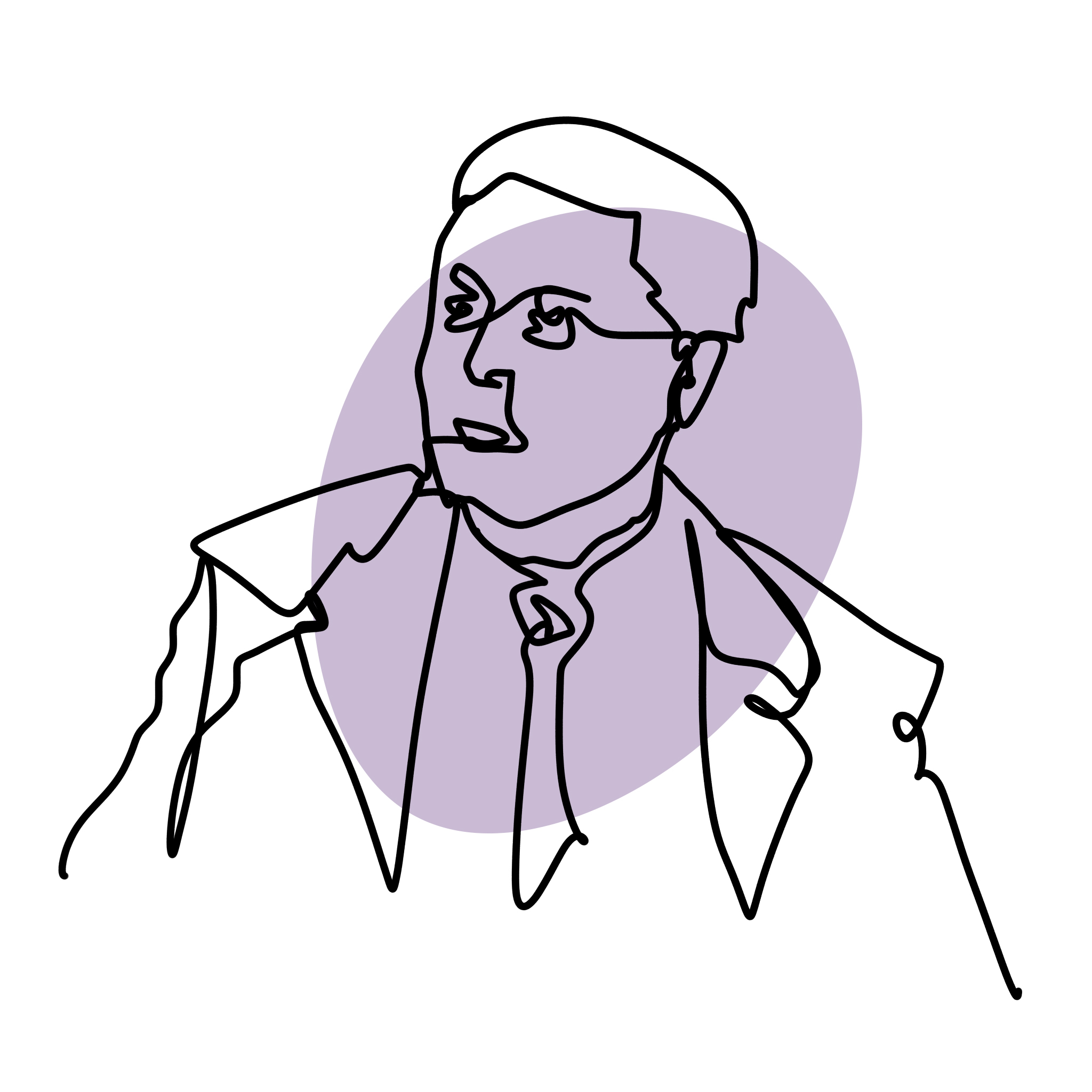Today we will take a look to a movie that can be defined as one as the most representative of Pop Art: Clockwork Orange, the cult movie produced in 1971 by Stanley Kubrick. We will analyze it from the point of view of design. We will study three different Clockwork Orange's sets. Clockwork Orange is considered one of the masterpieces of the history of cinema as well as being a continuous source of literary and iconographic references. The dreamlike and visionary atmosphere of the film is recreated by means of a refined aesthetic which, together with the soundtrack by artists of the calibre of Rossini and Beethoven, provokes contrasting reactions in the viewer.
John Alcott, the director of photography, has preferred symmetrical shots interspersed with direct camera shots taken by the director himself. If we try to imagine the moodboard of Clockwork Orange we could not miss geometric patterns, round shapes of the female universe, so despised by Alex, in contrast with the rigid society that is reflected in the combination of Pop and sober environments such as the structure where Alex will be subjected to the "Ludovico's Cure".
Korova Milk Bar
The Korova Milk Bar was the hideout used by Alex and his friends to relax and get high; the protagonist is particularly obsessed by "milk plus" that is milk mixed with mescaline and other substances. The environment of the local symbol of Clockwork Orange is characterized by black walls that don't obscure the environment as the latter is illuminated and decorated with abundant real-size white women-tables and "Lucy", Alex's favorite sculpture, the bust of a girl from which nipples comes out his favorite beverage.
Alex's house
The first domestic interior, decidedly psychedelic and claustrophobic, that we see in Clockwork Orange is the bathroom of the apartment where the teenager lives with his parents. The boy's room is neat and illuminated by a white circular lamp, a must have for Space Age fans.
On the wall we can notice also the drawing of a woman in a sensual position that anticipates the rape that the boy will perform later. A symbolism worthy of Flemish artists characterizes this scene where from a drawer full of stolen money and watches we move to another one which hosts a snake, then a beautiful Space Age metal laminate light bulb to end up on a male bust used to hang Alex's black hat.
Back home, after assaulting a homeless person with his friends, Alex removes his makeup and, leaving the violent character he has built, he returns to being an ordinary boy who listens to classical music. The editing of the movie follows the rhythm of the music Alex is listening when he begins his "journey" and is almost biblical while boasting about politics he starts having catastrophic visions.
Alex's house is a showcase of unique design pieces from the 60s and early 70s: a wooden consolle and several decorative objects in the corridor, a formica kitchen rests on a blue carpet with arabesque motifs. In the living room there is a corner bar, typical of the American tradition, armchairs and mid-century sofas.
Skybreak House (Radlett, Hertfordshire), villa designed by Sir Norman Foster
This house is the expression of the culture of the early 70s. A multi-level open space, Skybreak House is owned by a writer, Alexander, and his wife. Alex and his friends go to "visit" to the couple, this gives us the opportunity to see the interior of the villa exquisitely furnished with spaceships like white sofas. The corridor has walls covered with wooden planks while the black and white checkered floor increases the sense of claustrophobia.
The references are therefore Pop Art and Optical Art, others are aimed at Mondrian rather than the work of Roy Lichtenstein and Costantin Brancusi in fact, according to the architect Massimiliano Fuksas "The interior design is a very transitional furniture: it is much more '60s than '70s, late '60s - '70s. This is a bourgeois house, but it is not the bourgeois house with all the decoration of the bourgeois house: it becomes the bourgeois house of people who live in a contemporary culture and who experience contemporary exhibitions and visual experiences."
In 1998, A Clockwork Orange was ranked 46th among the best 100 U.S. films of all time by the American Film Institute and in 1999 it was ranked 81st in the BFI ranking of the British Film Institute.






.png)





